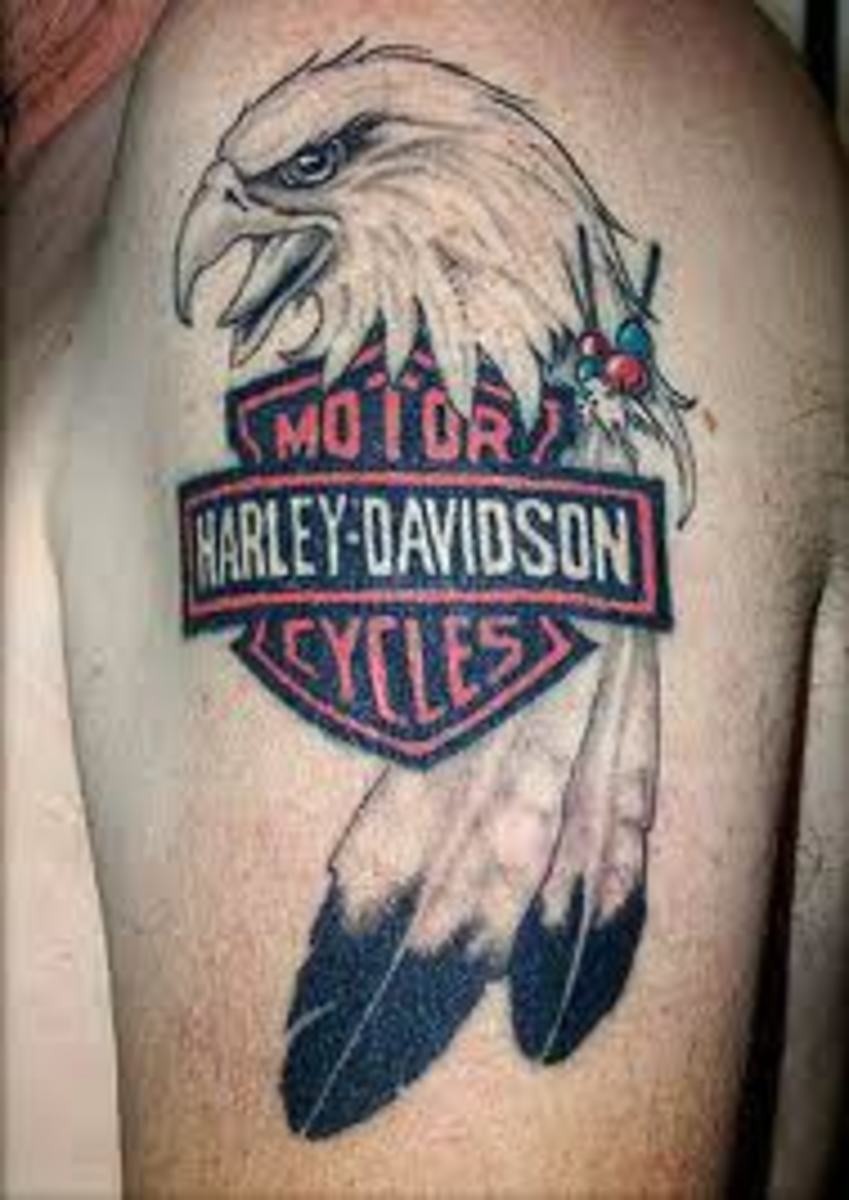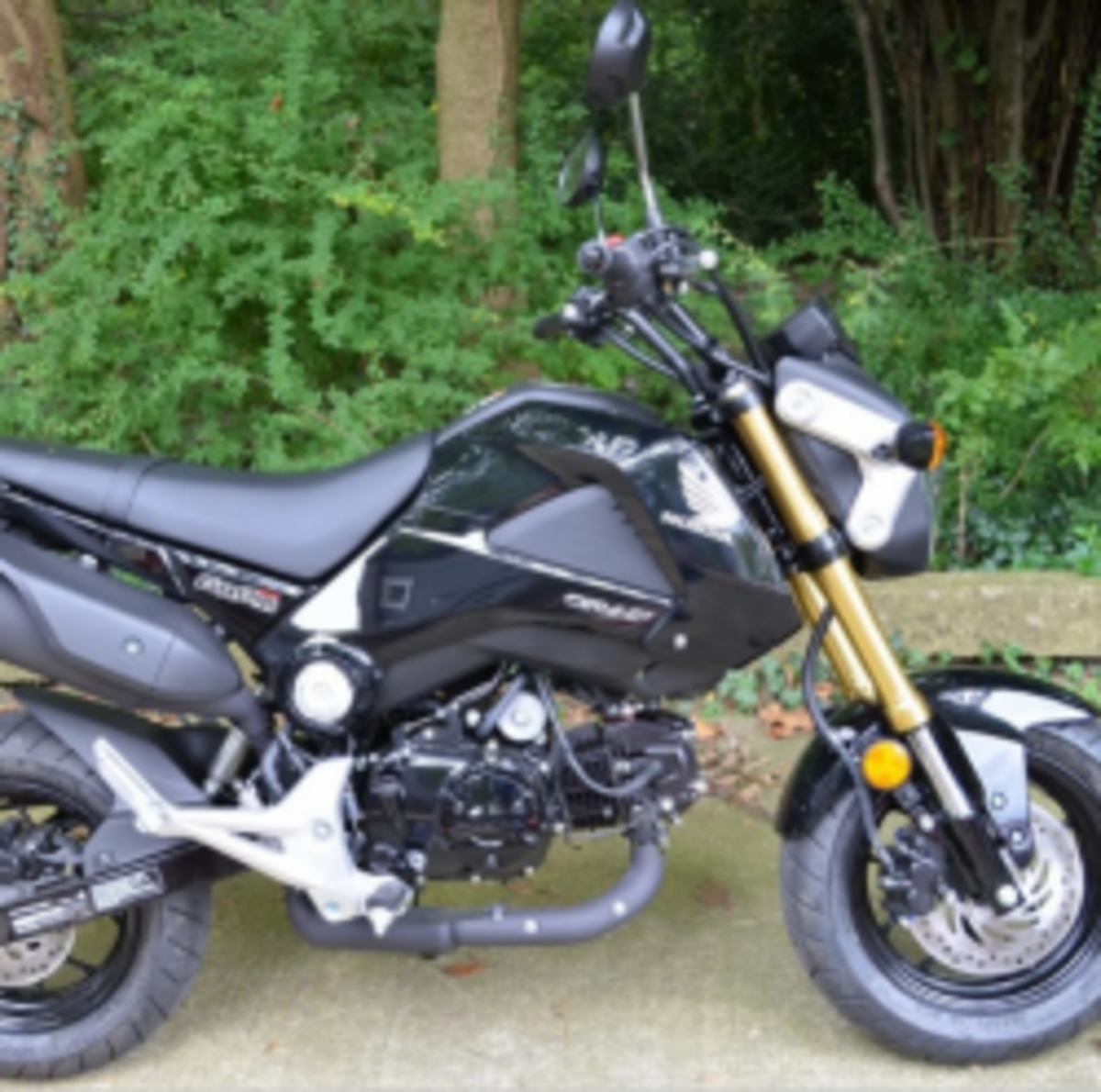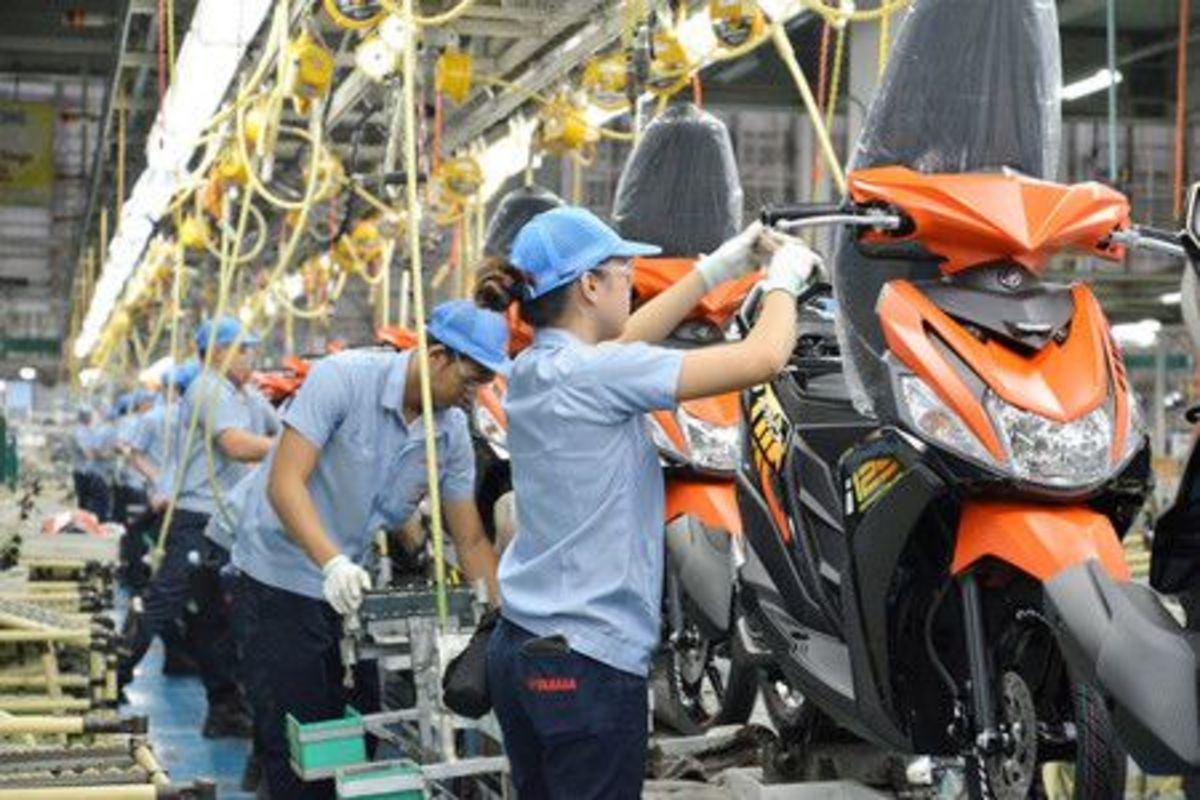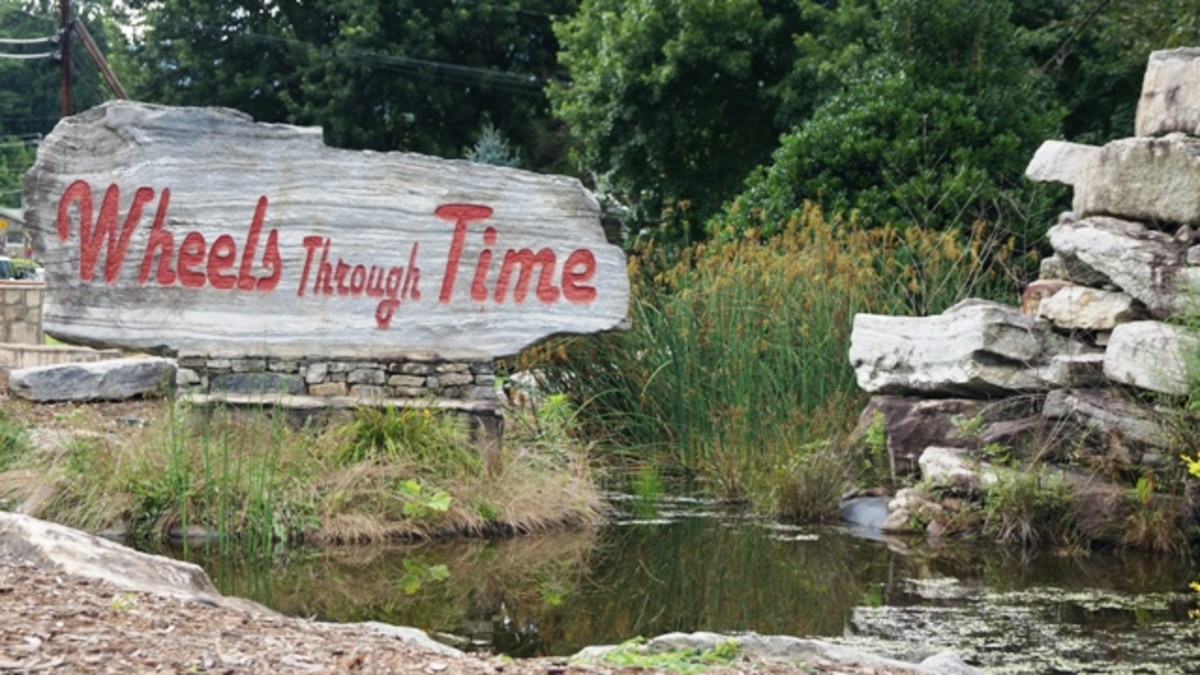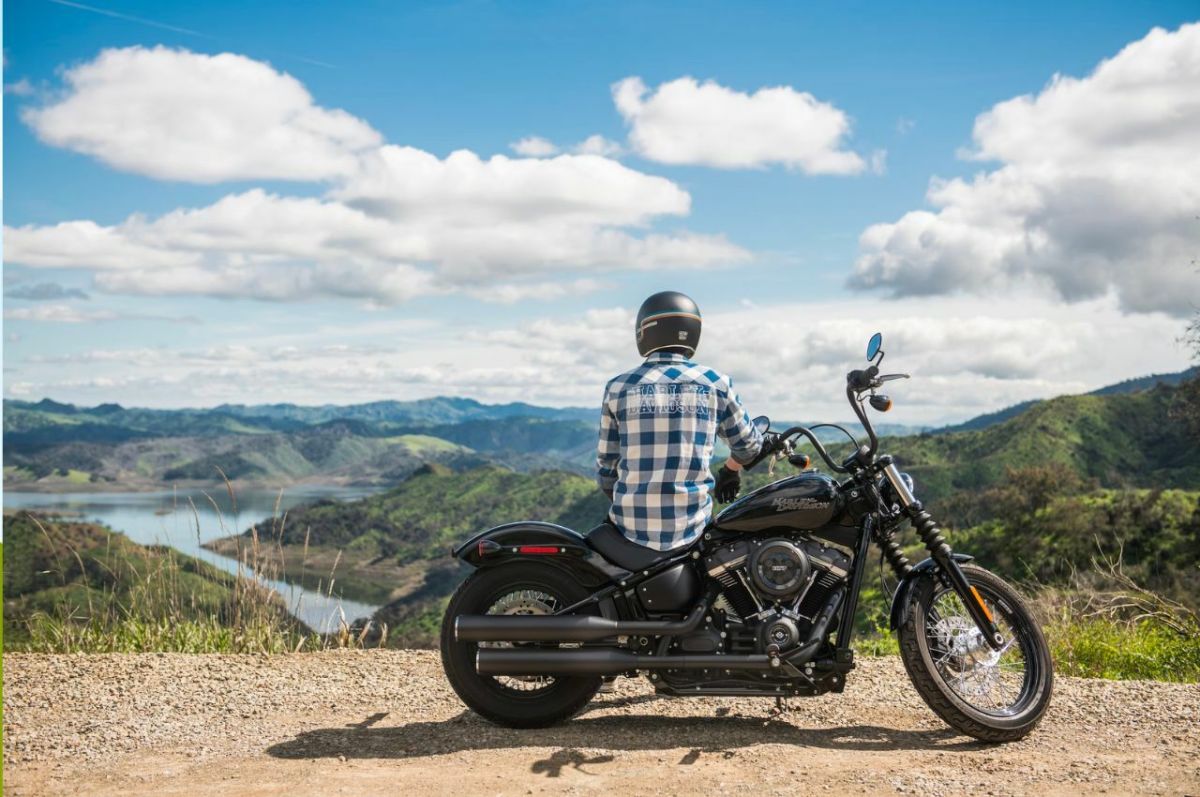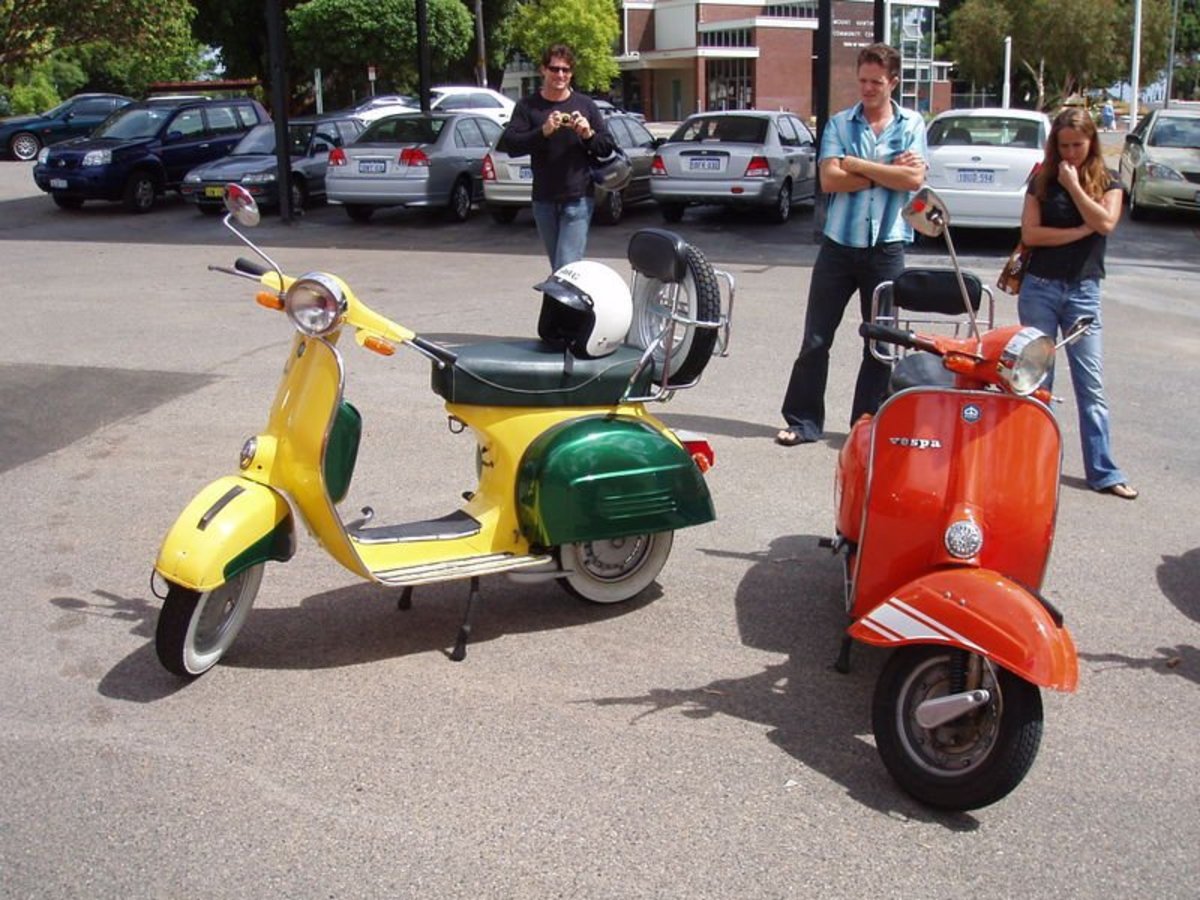The Ducati Monster
Ducati
In Italy there is a company that manufactures a premier group of motorcycles and these motorcycles sport the name Ducati. In the fall of 1992 in Cologne, Germany at the motor show Ducati was about to unveil a motorcycle that would have people buzzing. This bike would start a cult following and very loyal owners which would fuel, clubs, websites and great enthusiasm. The designer of this creation Miguel Galluzzi said of the philosophy behind his creation: “All you need is a saddle, tank, engine, two wheels, and handlebars.” With that philosophy a Monster was born and I am not talking about Frankenstein. The Ducati Monster was simplistic beauty for all to admire and would bring new interest to motorcycle ownership. The philosophy “less is more”, fits perfectly with the concept of this motorcycle.
One of the highest forms of flattery could come in the way as other motorcycle companies trying to copy the design elements of the Monster and outdo Ducati. Or at least put them at a competitive level with Ducati with their own version of the Monster. For many motorcycle enthusiast that jumped on the Monster bandwagon could not be persuaded by others to jump ship and buy a competitors Monster inspired motorcycle.

A Monster Is Created
On display in 1992 at the Cologne Motor show was the Ducati Monster 900, a model destined to take its place in history of motorcycling. The 900 was exquisite Ducati with its trellis frame from the 851/888 series and the 904 cc air/oil cooled Pompone engine from the Supersport range. The Monster 900 had personality and revolutionized the “naked” bike category. This bike set the standard for others to follow and Ducati itself set out to make this a motorcycle that would be forever a favorite. Since its launch, the Monster has had a history of great successes and has seen numerous special versions. In 2005, Monster sales accounted for over half of Ducati's worldwide sales. Ducati motorcycles are known for their tubular steel trellis chassis and their L-twin Desmodromic valve engines, both features designed by the late Fabio Taglioni (1920–2001).
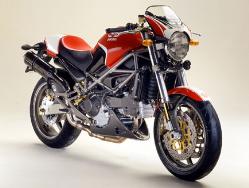
The Evolution of the Monster (Ducati)
1990 – 2000
Ducati introduced three models in their first generation of Monsters being the M600, M750 and M900 with the numbers indicating engine size. In 1994 a smaller displacement model, the M400 was produced mainly for Italy and other areas were taxes on higher cc engines are costly. The Monster would see its biggest growth yet to come and in 2000 things got even better.
2000 -2010
The Monster would see little change but one significant change came when the 900M became fuel injected in 2000. In 2001 Ducati introduced the S4, which added the liquid-cooled 4-valve Superbike engine to the Monster family. There were other changes such as, 43 mm Showa inverted forks. 2002 saw the introduction of the limited, semi-floating front disc brakes with Brembo four-piston calipers, and lighter Brembo wheels as well 300 edition. One of my favorites for the year 2002 was the 300 edition, high-spec, S4 Fogarty. Being a Fogarty fan this was an awesome bike and found myself drooling over it at a Ducati shop in Reno.
The S4RS Testastretta was introduced on 2004 and this new model uses the engine from the 999 Superbike with Ohlins suspension front and rear. Also in 2005, Ducati added the S2R Desmodue (two-valved Desmodromic engine) line to the Monster family and similar to the 4-valve S4R, but with the simpler 2-valve 800 cc and 1000 cc motors in the S2R 800 and S2R1000. In 2002 the 620 was introduced but would be replaced by the Monster 695 in 2007. Currently there are the 696, 1100, and 1100S and all feature air-cooled, two-valve engines.
Owning a Ducati Monster is more than just having a bike in your garage, it’s a lifestyle.
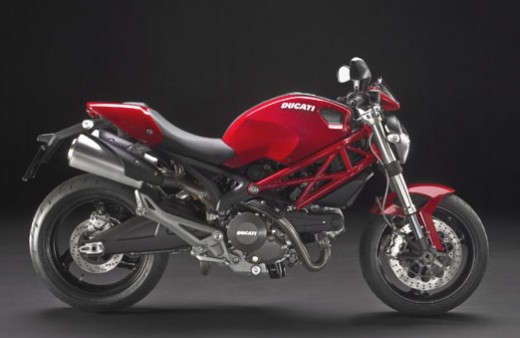
2010 Ducati Monster 696 Specifications
Displacement: 696 cc.
Bore x Stroke: 88 x 57.2 mm.
Compression Ratio:10.7:1
Power: 80hp @ 9000rpm.
Fuel Injection
Gearbox: 6 speed
Frame: Tubular steel Trellis.
Front Suspension: Showa 43mm upside-down forks.
Rear Suspension: Progressive linkage with preload and rebound Sachs adjustable monoshock.
Fuel Tank Capacity: 3.8 gallons.
Dry Weight: 355 lbs.
Seat Height: 30.3 inches.
Motorcycle Reviews
- 2010 Ducati 1198
- 2010 Ducati 848 Nicky Hayden Edition
- 2010 Harley Davidson Sportster 883 Iron and the 883 ...
- 2010 Harley Davidson FXCWC Softail Rocker C
- 2010 Harley-Davidson FXDWG Dyna Wide Glide
- 2010 Honda Fury
- 2010 Hyosung GT650R and 2010 Suzuki SV650S
- 2010 Kawasaki KLX110L
- 2010 Kawasaki Ninja 650R.
- 2010 Triumph Sprint ST


